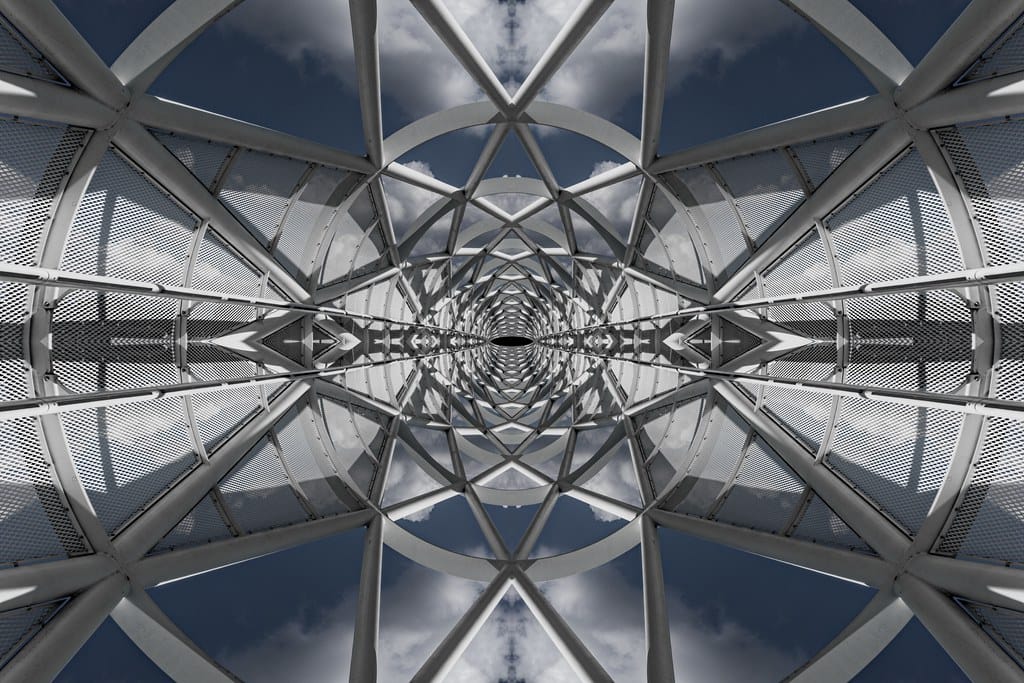Black Holes as Cosmic GPS: How Radio Interference Threatens Our Map of the Universe
In the depths of space, supermassive black holes are inadvertently serving as humanity's most precise cosmic GPS system. But there's a growing problem much closer to home: our smartphones, WiFi routers, and satellites may be drowning out these celestial signals that help scientists pinpoint Earth's exact location in the universe.
Astronomers have long relied on pulsars—rapidly spinning neutron stars that emit regular radio pulses—as cosmic lighthouses. However, a new frontier has emerged in the form of Active Galactic Nuclei (AGN), the brilliant cores of distant galaxies powered by supermassive black holes. These cosmic beacons are revolutionizing how we navigate the cosmos, but terrestrial radio interference is putting this precision at risk.
The Cosmic Coordinate System
Very Long Baseline Interferometry (VLBI) represents one of astronomy's most precise measurement techniques. By coordinating radio telescopes across continents, scientists can detect minute changes in the arrival times of radio waves from distant AGN. These measurements are so accurate they can track Earth's position to within millimeters—more precise than GPS satellites.
"We're essentially using the most massive objects in the universe to create the most precise reference frame ever conceived," explains Dr. Sarah Martinez, a radio astronomer at the International VLBI Service. The technique has revealed Earth's subtle wobbles, the gradual slowing of our planet's rotation, and even the effects of climate change on our planet's orientation.
The system relies on approximately 295 AGN sources that form the International Celestial Reference Frame (ICRF). These distant galaxies, some billions of light-years away, appear stationary from Earth's perspective, making them perfect cosmic reference points. The precision is staggering: scientists can measure changes in Earth's position that are smaller than the width of a human hair.
The Growing Interference Problem
However, this cosmic precision faces an increasingly noisy terrestrial environment. The radio frequency spectrum used by VLBI observations—typically between 2 and 43 GHz—overlaps significantly with commercial wireless communications.
Recent studies indicate that radio frequency interference (RFI) has increased by over 400% in some frequency bands over the past decade. The proliferation of 5G networks, satellite internet constellations, and Internet of Things devices has created an unprecedented level of radio noise.
"Every new cell tower, every WiFi router, every Bluetooth device adds to the background noise that can mask these incredibly faint cosmic signals," notes Dr. James Chen, director of the Radio Quiet Zone Observatory. "We're essentially trying to hear a whisper from across the universe while standing next to a rock concert."
The impact is measurable. VLBI sessions that once achieved near-perfect data quality now frequently show degraded performance in urban areas. Some observatories report up to 30% data loss during peak interference periods, forcing astronomers to schedule observations during off-peak hours or abandon certain frequency bands entirely.
Real-World Consequences
The implications extend far beyond academic astronomy. The precise Earth orientation parameters derived from VLBI observations are crucial for GPS accuracy, satellite navigation, and even climate monitoring. Modern GPS systems rely on corrections derived from VLBI measurements to maintain their meter-level accuracy.
International shipping depends on these measurements for navigation, while climate scientists use them to track changes in Earth's ice masses and ocean currents. The European Space Agency estimates that degraded VLBI performance could reduce GPS accuracy by up to 15% in critical applications.
Protecting Our Cosmic Compass
Solutions are emerging, but they require coordination between astronomers and the telecommunications industry. Radio quiet zones around major observatories provide some protection, but VLBI's global nature means interference anywhere can affect results.
Advanced signal processing techniques are helping astronomers filter out interference, while some facilities are moving to higher frequencies less affected by commercial communications. The recently opened Atacama Large Millimeter Array operates in frequencies largely free from terrestrial interference.
Industry cooperation is also improving. Several major telecommunications companies now coordinate with observatories to minimize interference during critical observations, demonstrating that coexistence is possible with proper planning.
The Path Forward
As humanity's radio footprint continues expanding, protecting our ability to navigate by black holes becomes increasingly critical. The universe's most extreme objects are providing us with unprecedented precision in understanding our place in the cosmos—but only if we can hear their whispered signals above our own electromagnetic noise.
The challenge is clear: balance our connected world's demands with our need to maintain contact with the cosmic lighthouses that guide us through space and time.
